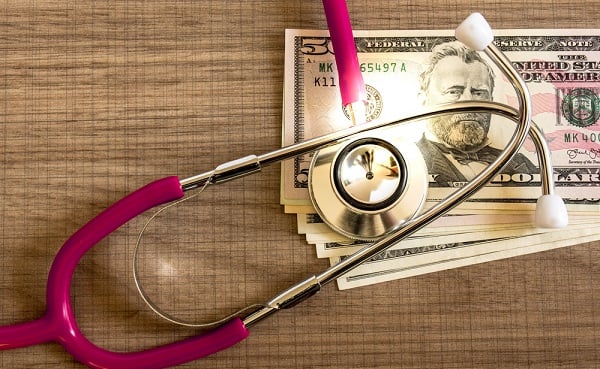 (Photo: Shutterstock)
(Photo: Shutterstock)
After a big drop off in health care spending during the early months of the COVID pandemic, health care spending bounced back in 2021, a new report has found. The study from the Health Care Cost Institute looked at data from 2021 and before, and found that although utilization of health care dropped in 2020 to the lowest rate seen in 12 years, it rebounded by 2021.
"In 2021, we see a full rebound in per person health care spending, which was nearly $6,500 (15% higher than in 2020)," the report says. "A 13% increase in utilization from 2020 to 2021 contributed to this growth, following the 7.5% decline in use in 2020. Average prices grew 2% from 2020 to 2021; this lower growth rate than in previous years reflects that the overall mix of care was less expensive in 2021 than in 2020 when many lower cost preventive services were delayed."
Recommended For You
When data from other years is included, the report found that prices grew 14% from 2017 to 2021. During that time, health care utilization grew just over 7%.
Spending rises, utilization flat until a post-COVID rebound
According to the report, spending per person rose substantially from 2017 to 2021, seeing an increase of $1,133 from $5,334 in 2017 to $6,467 in 2021, an increase of just over 21%.
The report notes that most of the increased spending came from price increases. The data showed that utilization was relatively flat from 2017 to 2019 but saw a 7.5% drop during the first year of the pandemic. It jumped back up in 2021, with a 12.8% increase in utilization from 2020 to 2021.
Prices grew at an annual rate of close to 4% over the 2017-2020 time period, but grew only 2% in 2021, reflecting a return to utilization of less-costly services such as preventive care.
The cost drivers of health care spending were primarily inflation and increased prices for goods and services, the report finds. Spending actually decreased among employer-sponsored plans in some areas, for example a shift to more utilization of generic drugs. Those factors, and the drop in utilization during the pandemic, resulted in 2020 being the only year that saw a drop in spending.
But inflation and prices drove positive cost trends in all years. "From 2017 to 2021, inflation accounted for $108 (7%) of the spending change while rising prices accounted for $915 (56%) of the change in spending," the report says.
Out-of-pocket costs increased 6.5% overall
For out-of-pocket (OOP) costs, 2020 was again the outlier, with a decline during the first months of the pandemic, followed by a rebound in 2021. "Total OOP spending increased year-over-year each year between 2017 and 2019," the report says. "The cumulative increase over this period was $42 (5%). The growth in OOP spending was lower than the growth in total spending over 2017–19 (9%). Both total and OOP spending declined in 2020, followed by an increase in 2021. The cumulative increase in OOP spending over the five-year period was $50 (6.5%)."
There was a significant difference in inpatient and outpatient costs. For the facility component of inpatient care, OOP costs rose close to 14% from 2017 to 2021. The biggest increase in this area was for respiratory admissions. For inpatient OOP costs, there was no significant growth from 2017 to 2021 — in fact, the 2021 OOP average payment was $51 — one dollar less than the 2017 average payment of $53. However, OOP payments for most outpatient procedures did increase during that period, suggesting that utilization of lower-cost services was much greater, a situation that may change in the future. OOP payments for professional services also changed only slightly for the five-year time period.
Drug prices for the five-year period increased 29%, the report finds. For the area of OOP prescription drug costs, the data is somewhat mixed, as it does not include drugs administered in clinics or hospitals and does not reflect rebates or other discounts. Except for immunological drugs, changes in OOP payments were small between 2017 and 2021, the report says.
The report notes that by 2021, brand name prescription drugs accounted for only 14% of utilization but more than 80% of spending, while generic prescription drugs represented 86% of drug utilization in 2021, but only 18% of spending.
© 2025 ALM Global, LLC, All Rights Reserved. Request academic re-use from www.copyright.com. All other uses, submit a request to [email protected]. For more information visit Asset & Logo Licensing.







